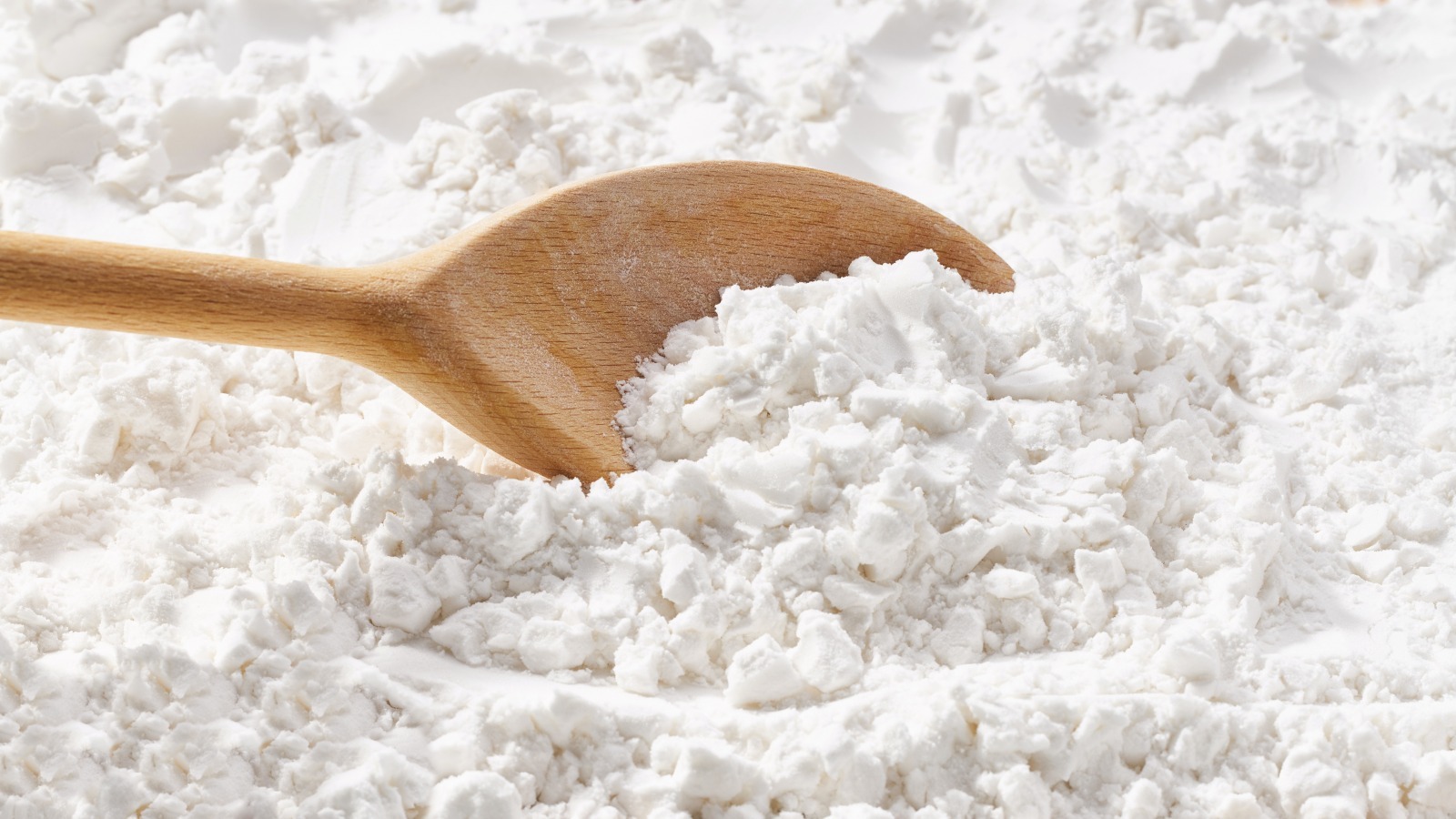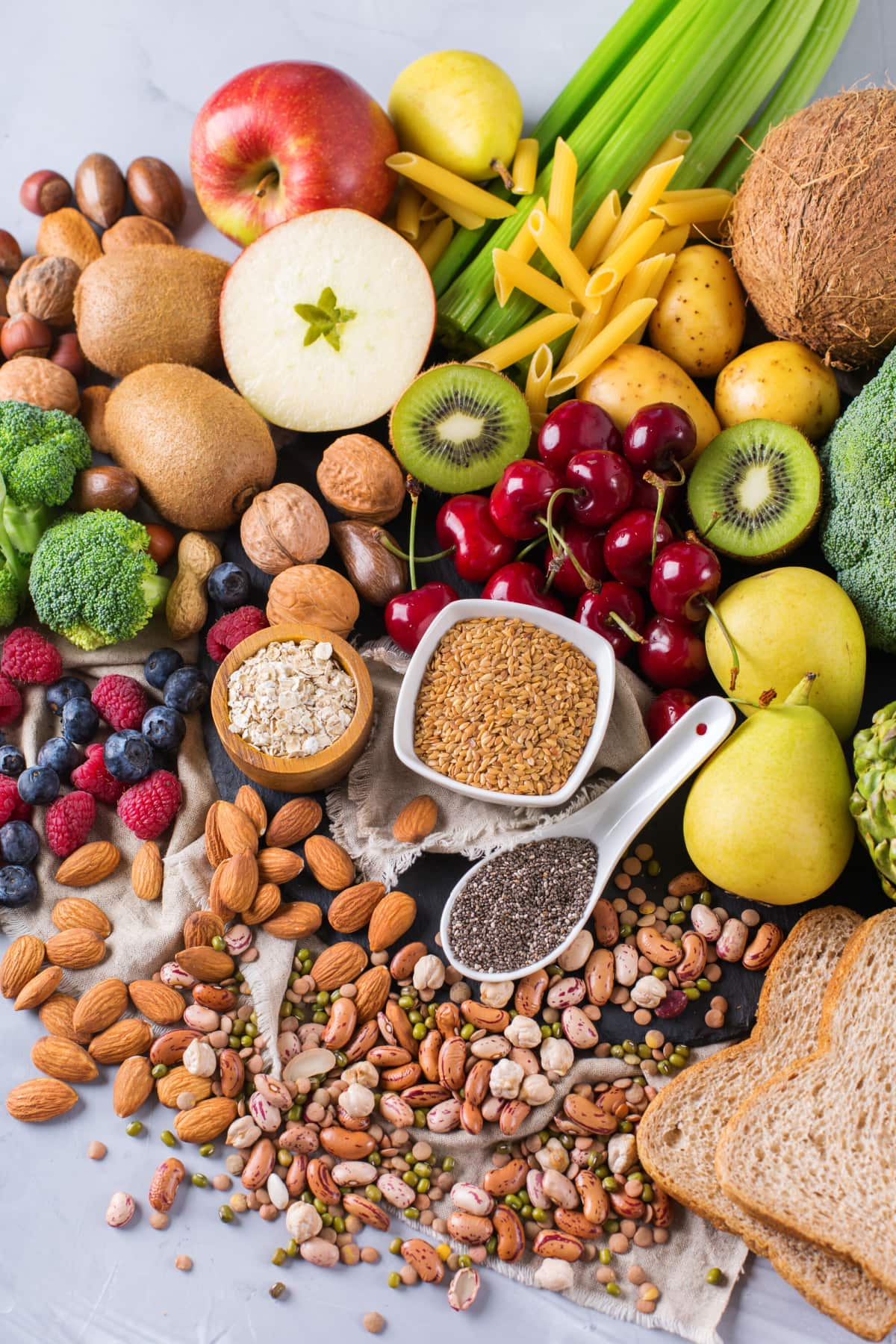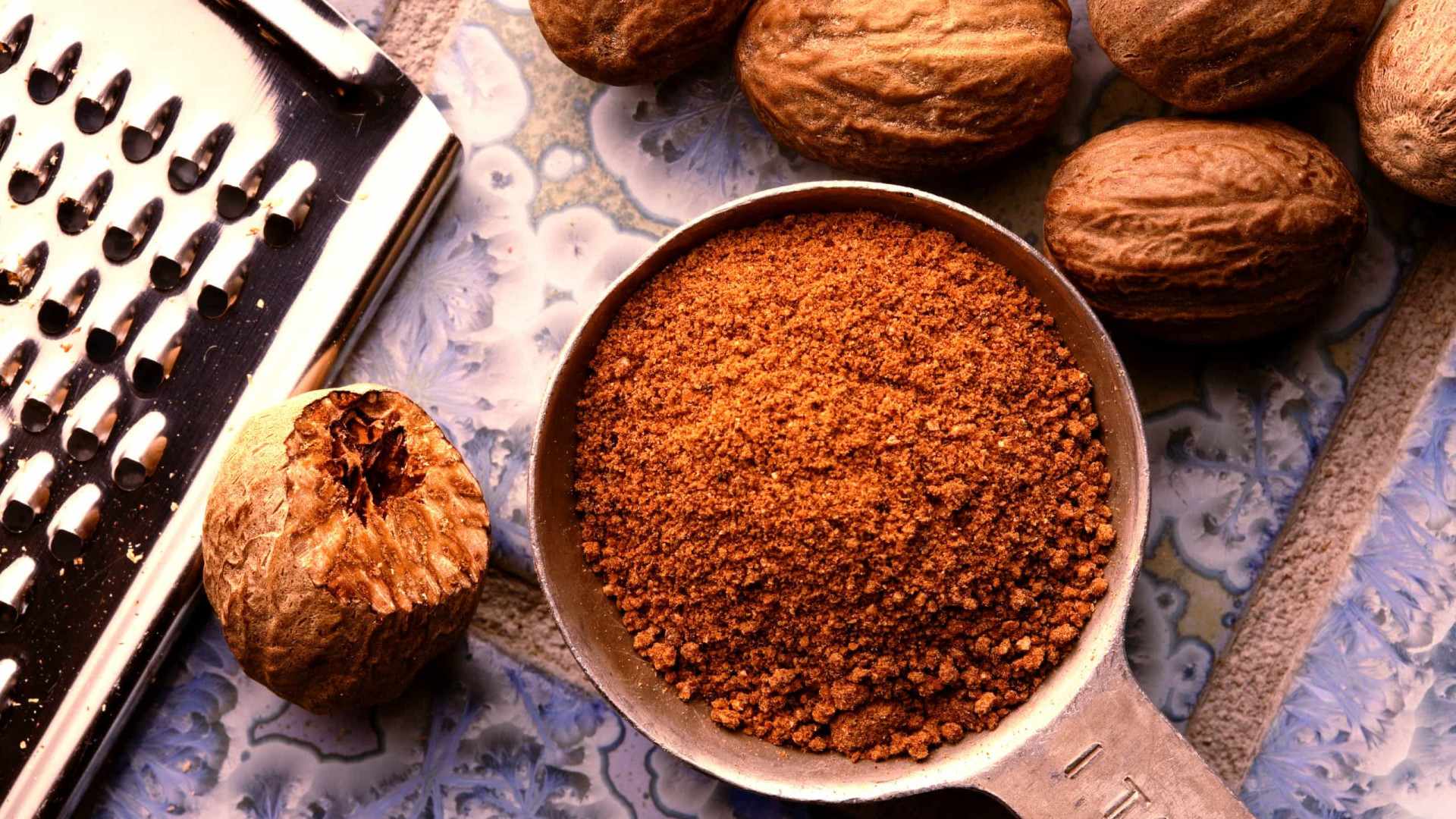Is Cornstarch Bad for You? Nutrition and Health Effects

Cornstarch is a common ingredient used in cooking and baking as a thickening agent. It is derived from the endosperm of corn kernels and is primarily composed of carbohydrates. While cornstarch is widely used and generally considered safe, it’s important to understand its nutrition profile and potential health effects. In this comprehensive guide, we will explore the nutritional content of cornstarch, its potential benefits and drawbacks, and how to use it in a balanced and healthy diet.
Nutritional Profile:
Cornstarch is primarily composed of carbohydrates and contains minimal amounts of protein, fat, and fiber. A 1-ounce (28-gram) serving of cornstarch typically provides around 110 calories, 28 grams of carbohydrates, and negligible amounts of other nutrients. It is low in vitamins and minerals, which means it does not contribute significant nutritional value to your diet.
Digestive Health and Blood Sugar Impact:
One potential concern with cornstarch is its high glycemic index (GI). Foods with a high GI can cause a rapid spike in blood sugar levels, which may not be desirable for individuals with diabetes or those seeking to manage their blood sugar levels. Consuming excessive amounts of high-GI foods may also lead to increased hunger and cravings shortly after eating, potentially contributing to overeating and weight gain.
Allergies and Sensitivities:
Cornstarch is derived from corn, which is a common allergen. Individuals with a corn allergy should avoid cornstarch to prevent allergic reactions. Additionally, some people may be sensitive to corn or its byproducts, experiencing symptoms like digestive discomfort or skin irritation. If you suspect an allergy or sensitivity, consult with a healthcare professional for proper diagnosis and guidance.
Potential Benefits:
While cornstarch may not offer significant nutritional benefits, it can be a useful ingredient in certain culinary applications. It serves as an effective thickening agent, allowing you to achieve desired textures in sauces, soups, and desserts. It is also gluten-free, making it a suitable alternative for individuals with gluten intolerance or celiac disease. Cornstarch can contribute to the creation of smooth and creamy textures in recipes without the need for gluten-containing ingredients.
Moderation and Balanced Diet:
As with any food ingredient, moderation is key. While cornstarch can be part of a balanced diet, it is essential to consume it in reasonable amounts. Relying heavily on cornstarch or consuming excessive quantities may lead to imbalances in your overall nutrient intake. It’s important to prioritize a diverse range of whole foods that provide essential nutrients, including vitamins, minerals, and dietary fiber.
Alternatives to Cornstarch:
If you prefer to limit or avoid cornstarch, several alternatives can be used as thickening agents in cooking and baking. Some common alternatives include arrowroot powder, tapioca starch, potato starch, and xanthan gum. These options offer similar thickening properties and may provide additional nutritional benefits.
Practical Tips for Using Cornstarch:
When using cornstarch, follow these tips for optimal results:
- Mix with a cold liquid: To prevent clumping, mix cornstarch with a small amount of cold liquid (such as water or broth) before adding it to hot liquids.
- Add near the end of cooking: Cornstarch reaches its full thickening potential when heated, so it is best to add it near the end of the cooking process.
- Avoid overcooking: Overcooking cornstarch can cause it to break down and lose its thickening properties. Remove the dish from heat once the desired consistency is achieved.
- Store properly: Keep cornstarch in a cool, dry place in an airtight container to maintain its quality and prevent moisture absorption.
Individual Considerations:
It is important to consider your specific dietary needs and health goals when deciding whether to include cornstarch in your diet. If you have diabetes or are following a low-carbohydrate diet, you may choose to limit or avoid cornstarch due to its impact on blood sugar levels. Individuals with food allergies or sensitivities should also be cautious and consider suitable alternatives.
In conclusion, cornstarch is a common ingredient used for thickening in cooking and baking. While it is generally safe, it is important to consume it in moderation and as part of a balanced diet. Individuals with specific dietary needs, allergies, or sensitivities should consider suitable alternatives. As with any dietary choice, it is recommended to consult with a healthcare professional or registered dietitian for personalized advice.
- Delicious Discoveries: My Flavorful Journey with JustCBD’s CBD + THC Gummies Collection - August 16, 2024
- A Comprehensive Guide to the Benefits of Magnesium - November 2, 2023
- The Comprehensive Guide to the Benefits of Reishi Functional Mushrooms - November 2, 2023



